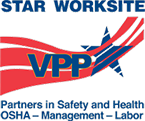CALL FOR INSPECTION FOR THE ASTRO AND CANYON GUIDE HARNESSES
This morning, Petzl issued a Call for Inspection on certain models of their Astro and Canyon-Guide harnesses. If your equipment cache includes either of these harnesses, follow this link to determine if you are impacted and how to proceed.
If you need assistance with inspecting your harnesses, Roco Rescue will be happy to help, please call 800-647-7626.
Always remember to inspect your gear before each use. Stay safe!

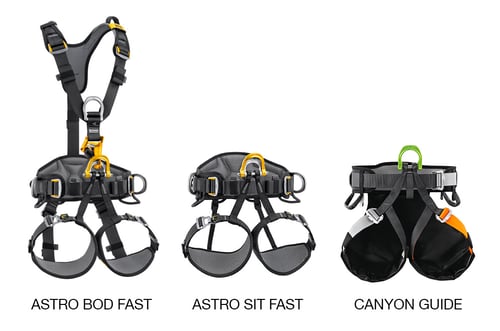

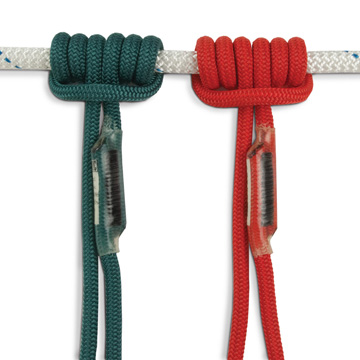
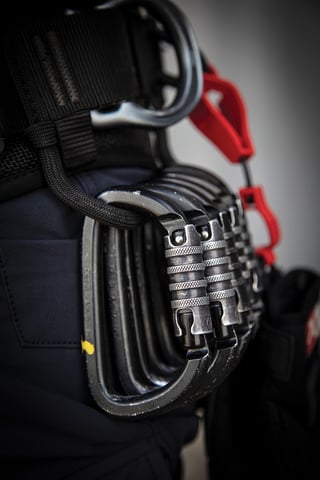
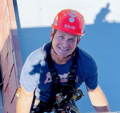 Brad Warr
Brad Warr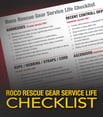
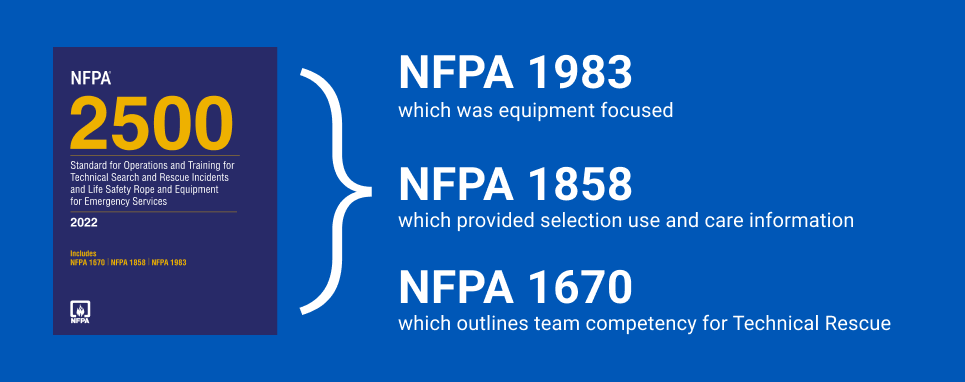
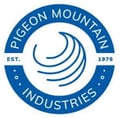
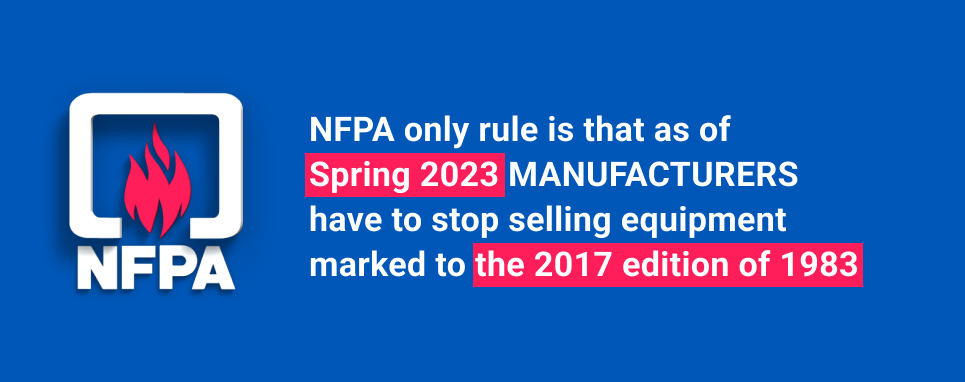
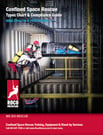
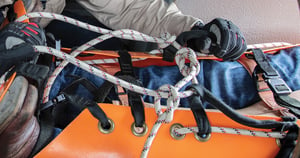
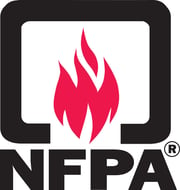 Here’s what NFPA 2500 says about cleaning and
Here’s what NFPA 2500 says about cleaning and  Here’s what PMI says about cleaning
Here’s what PMI says about cleaning 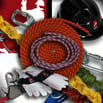
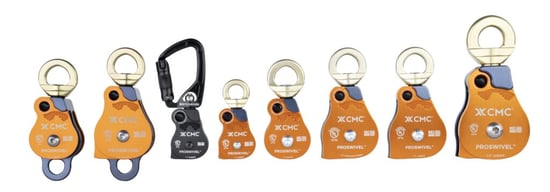
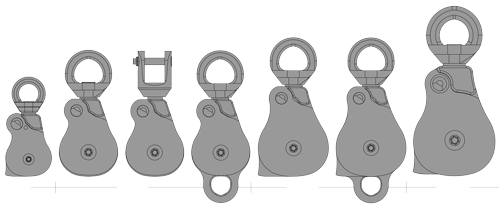 Inspect all CMC ProSwivel or Rock Exotica Omni-Block swivel pulleys immediately.
Inspect all CMC ProSwivel or Rock Exotica Omni-Block swivel pulleys immediately.


